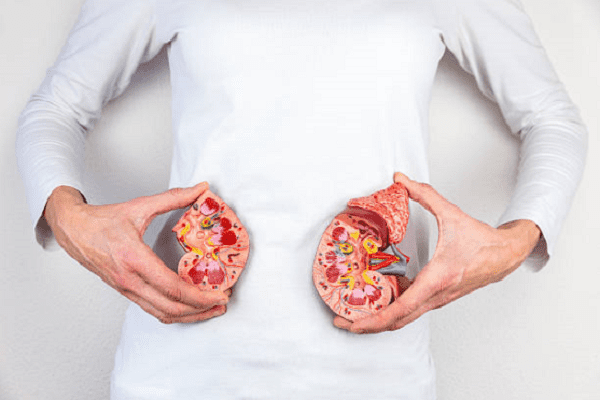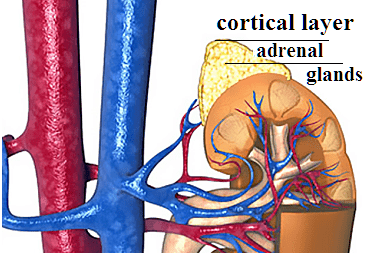Oncology >>>> Corticosteroma - signs and treatment options
Corticosteroma - signs and treatment options.

Corticosteroma (glucosteroma) - a tumor that develops from the adrenal cortex (adrenal cortex) - one of the most common adrenal tumors. Corticosteroma can be benign or malignant.
Corticosteroma produces an excessive amount of cortisol (glucocorticoids), for this reason it is called hormone-dependent. An excess of glucocorticoids changes the structure of adrenal tissue, causing atrophy. In addition to the effect on the adrenal glands themselves, an increased level of glucocorticoids affects metabolic processes in tissues (muscle, bone, connective), causing catabolism (breakdown) of proteins, a decrease in their synthesis and anabolism (growth) of fats in tissues.

For this reason, the development of corticosteroma is accompanied by a loss of muscle mass and, along with this, an increase in body fat (cushingoid obesity). Bone atrophy can cause osteoporosis (spontaneous limb fractures, spinal compression).
An increase in glucocorticoid levels decreases sensitivity to insulin, sex hormones, and thyroid hormones. Developing steroid diabetes can cause trophic ulcers and pustular skin diseases.
Signs with corticosteroma are determined by the phenomena of hypercortisolism:
- Obesity
- Muscle weakness
- Hypertension
- Headache of unknown origin
- General weakness and fatigue
- Tendency to mood swings (excitement followed by a depressive state)
- Stretch marks may form on the skin in the abdomen, thighs, breasts
- Hirsutism (in women)
- Gynecomastia (in men)
- Change the tone of voice.
Treatment of corticosteroma is performed surgically. Modern methods of surgical intervention allow for operations to remove corticosteroma in minimally invasive ways (with minimal tissue trauma). Removal of a benign corticosteroma restores metabolic processes, lowers blood pressure, and leads to the disappearance of the external signs of corticosteroma. With a malignant nature, corticosteromas are treated with chemotherapy.

Read

Read



























